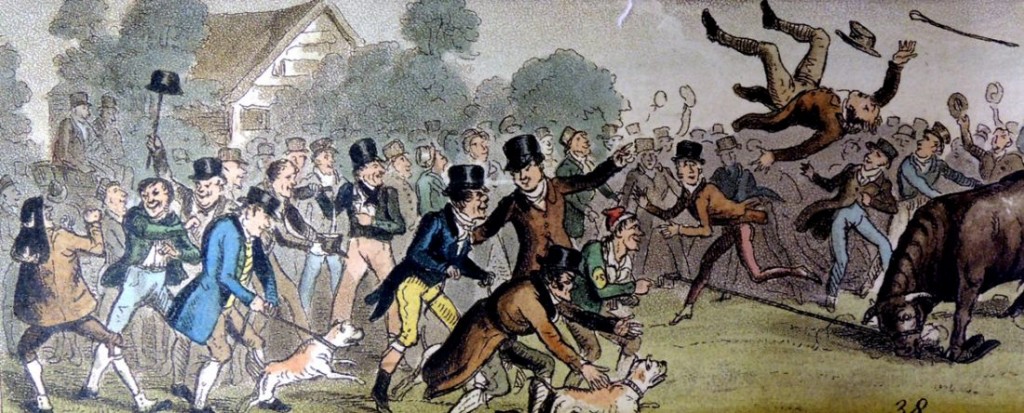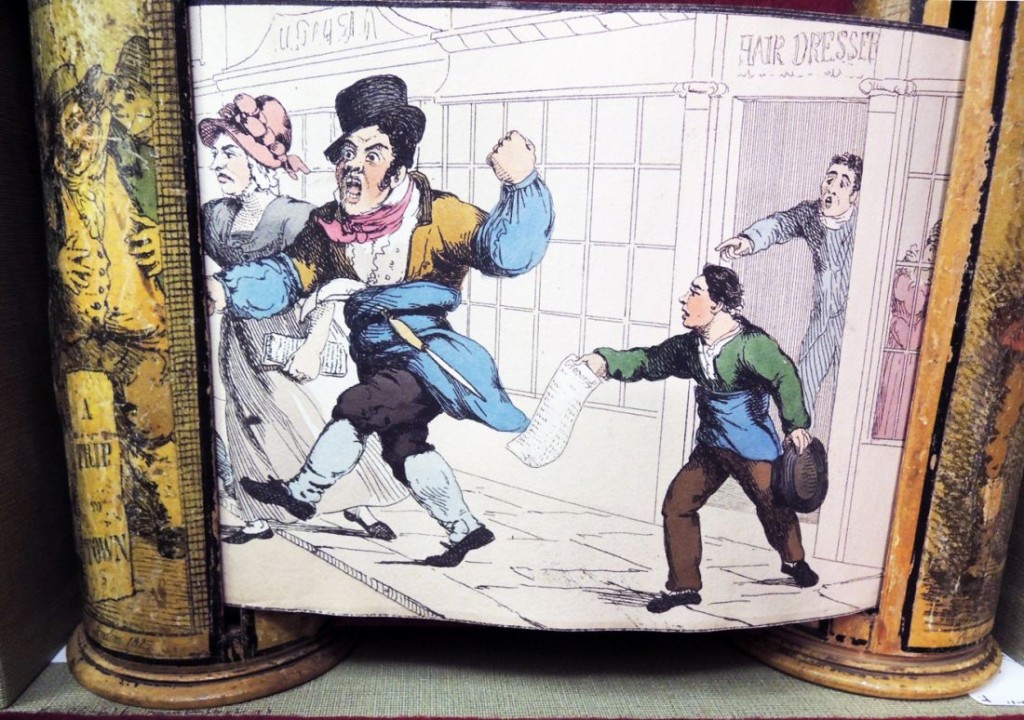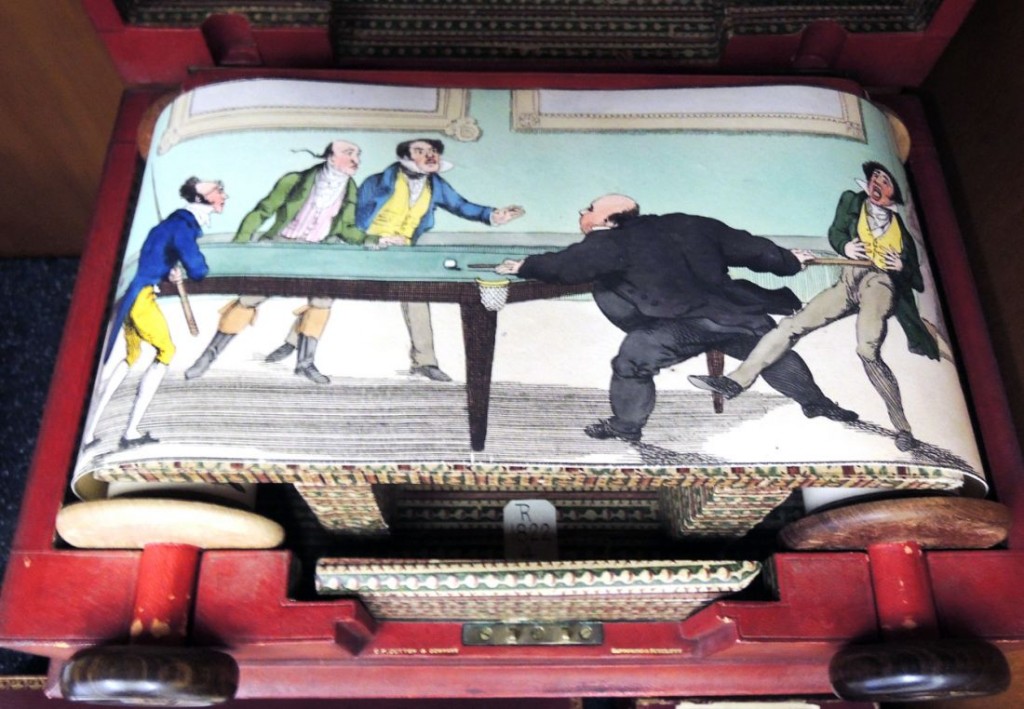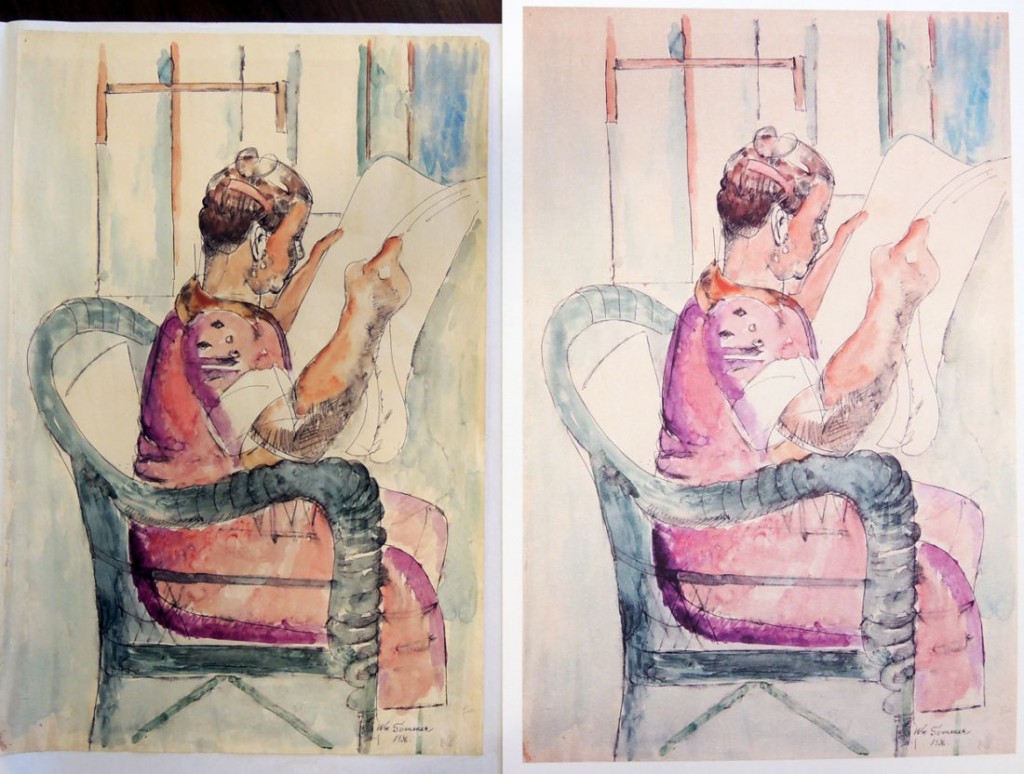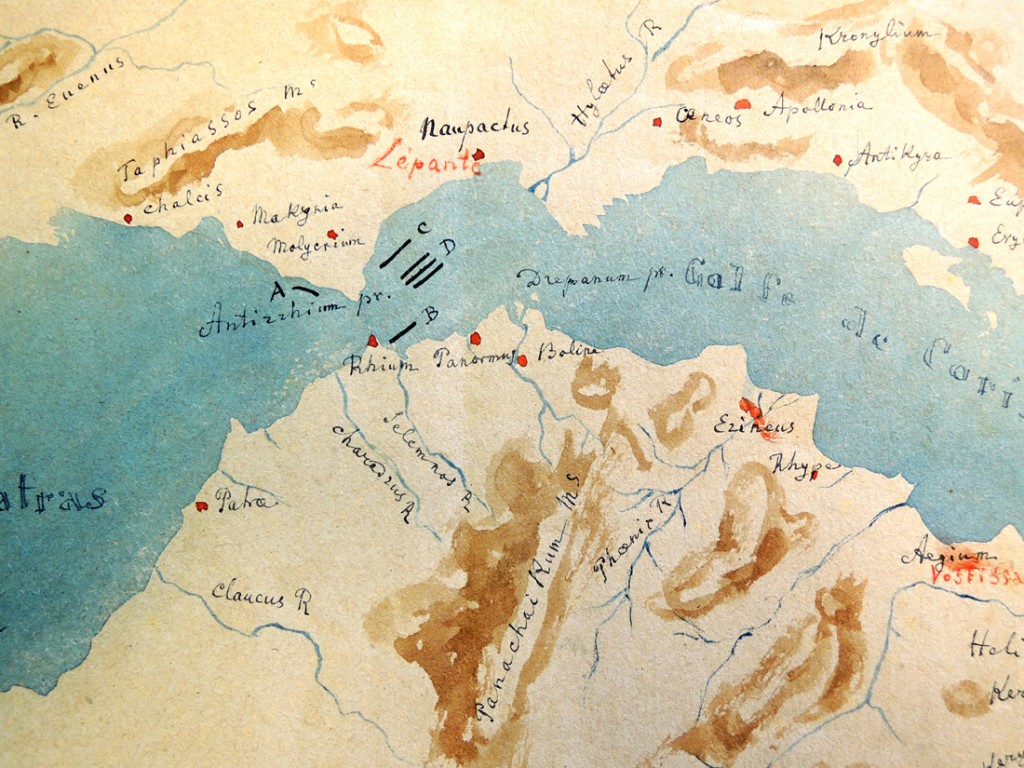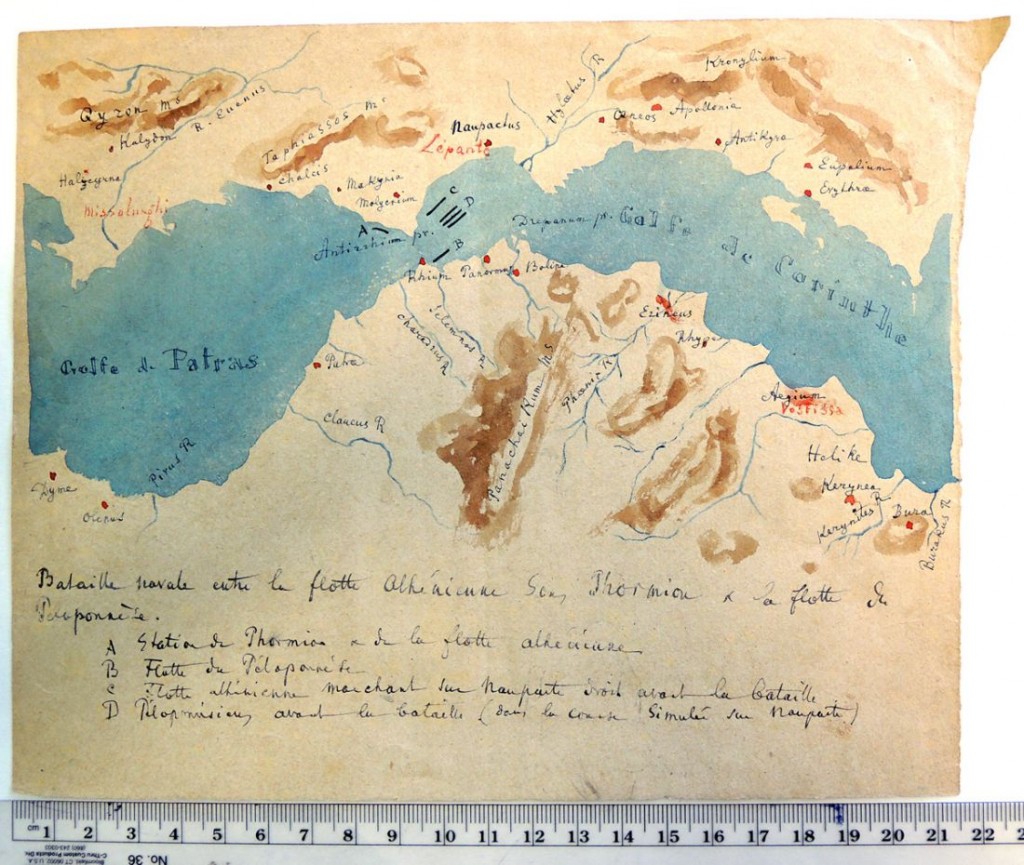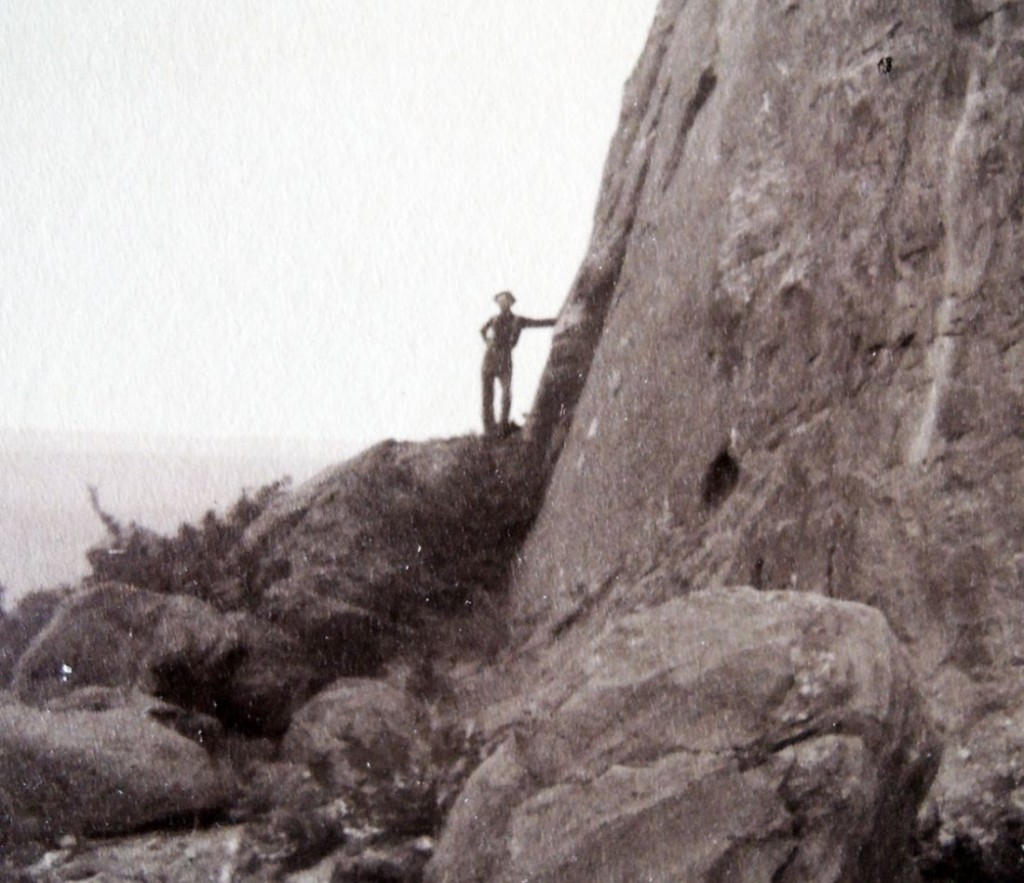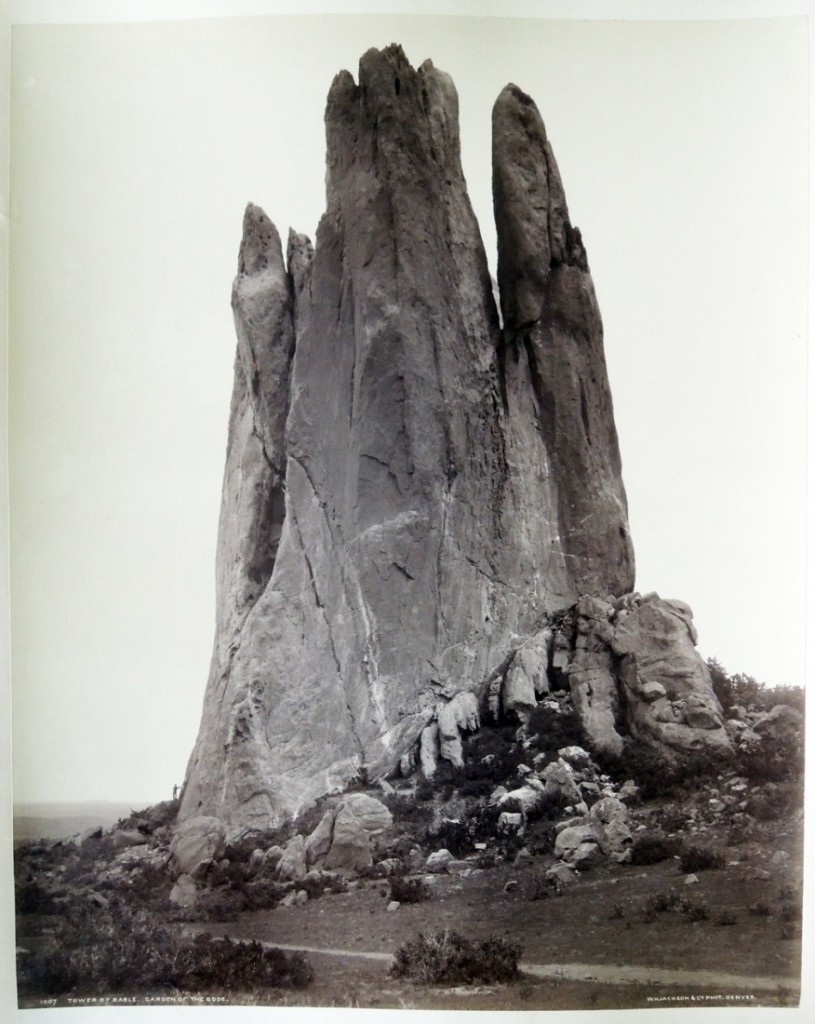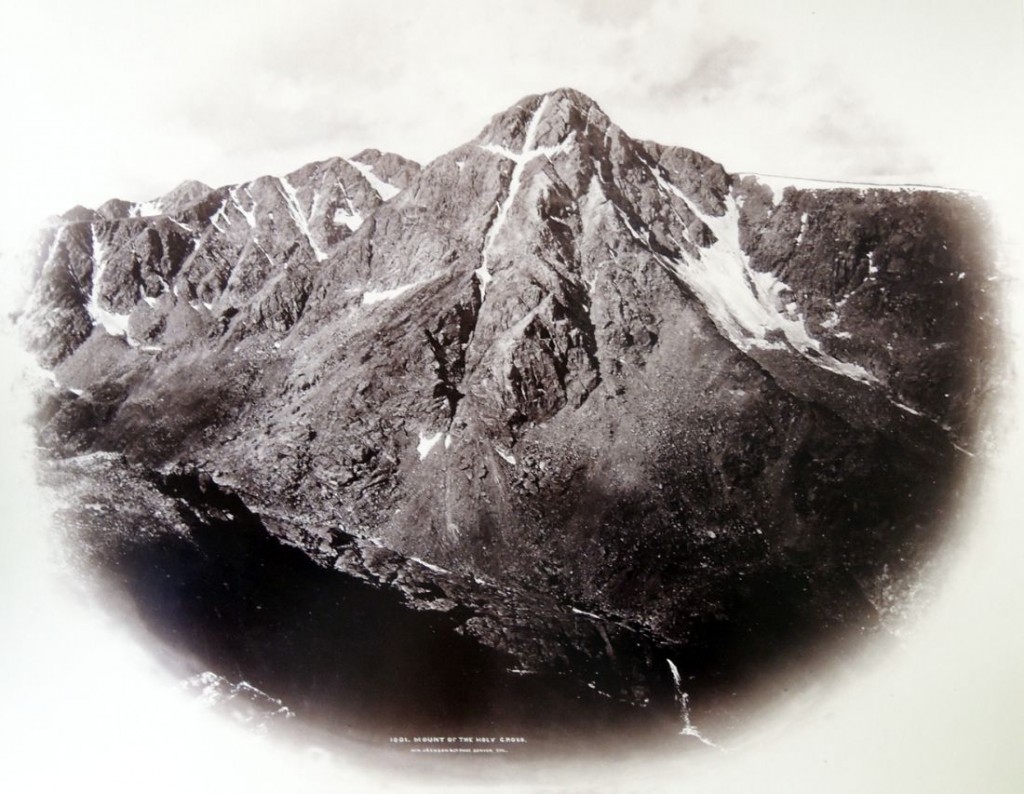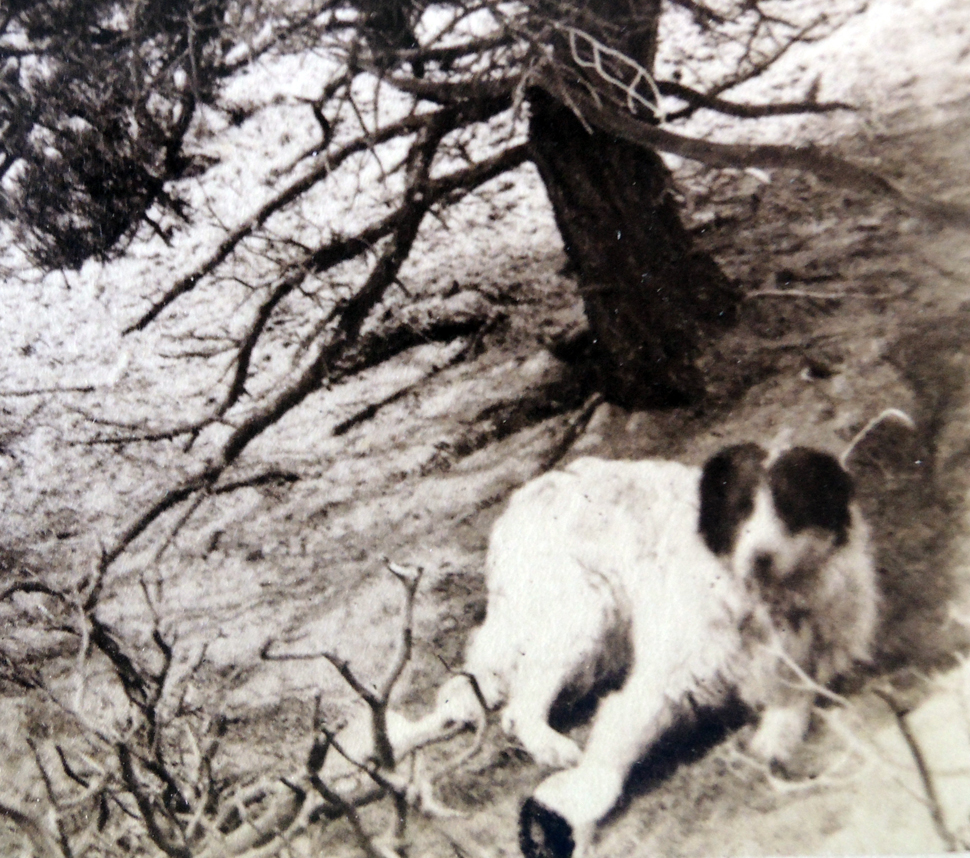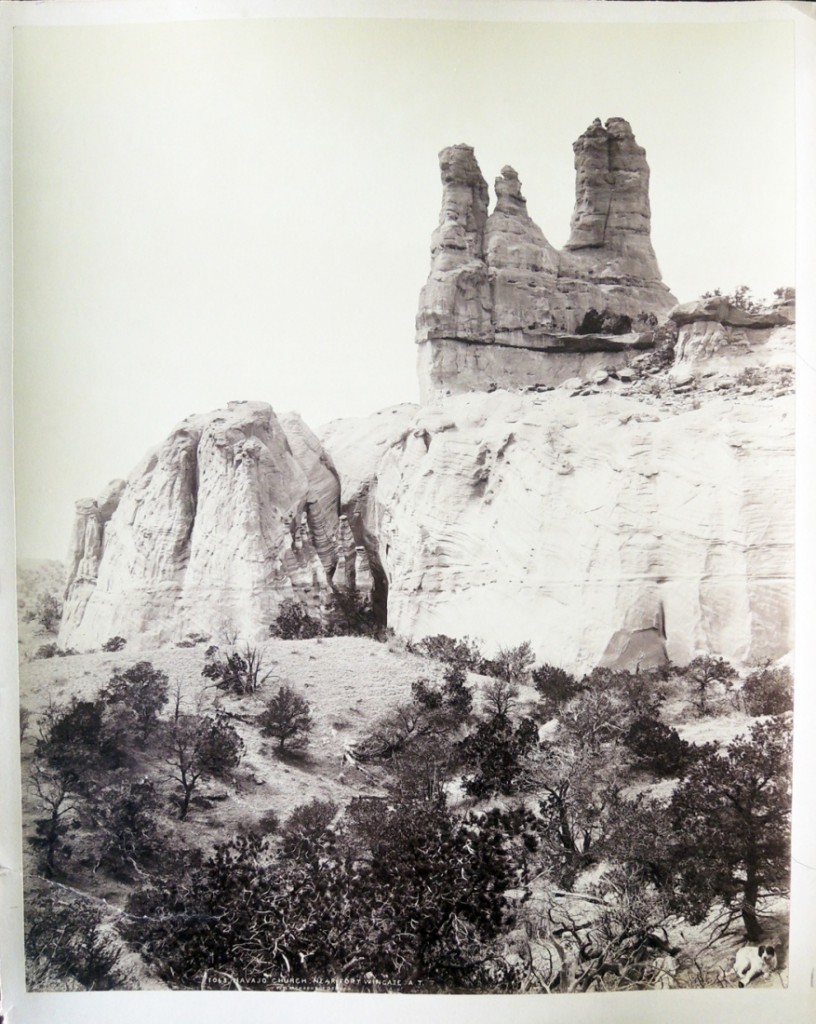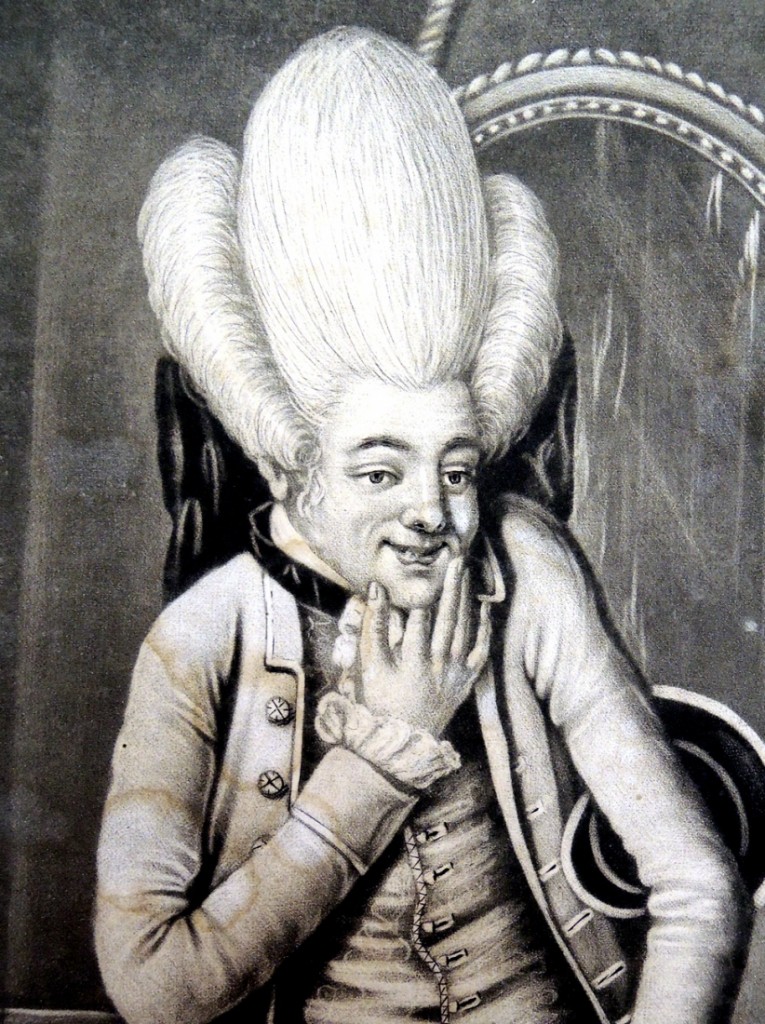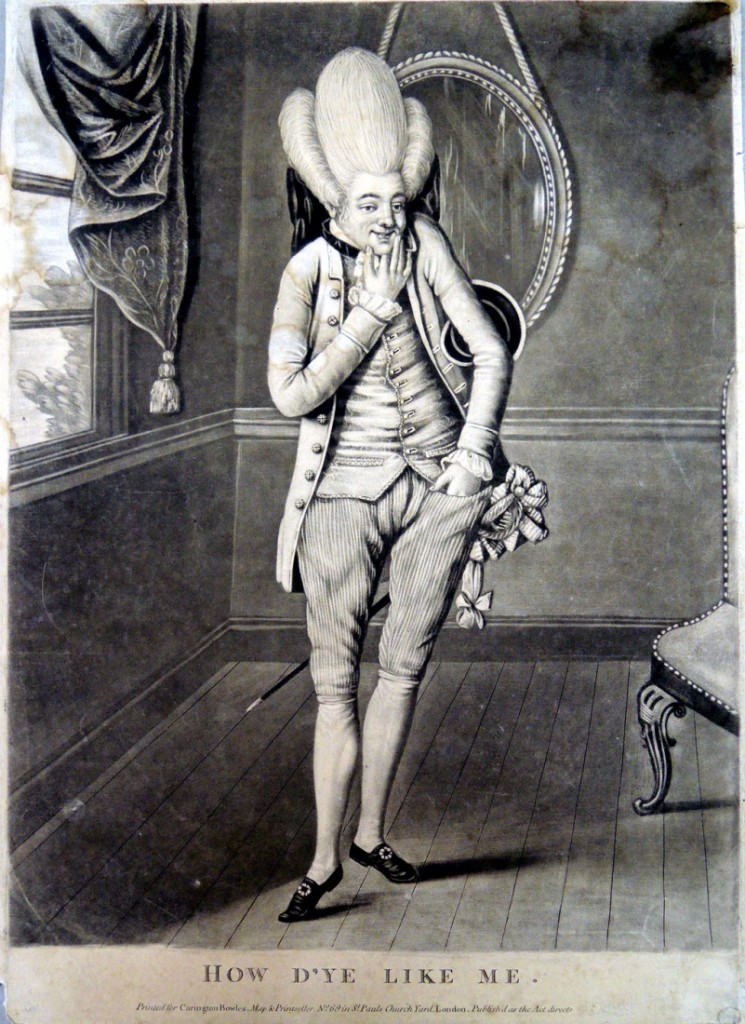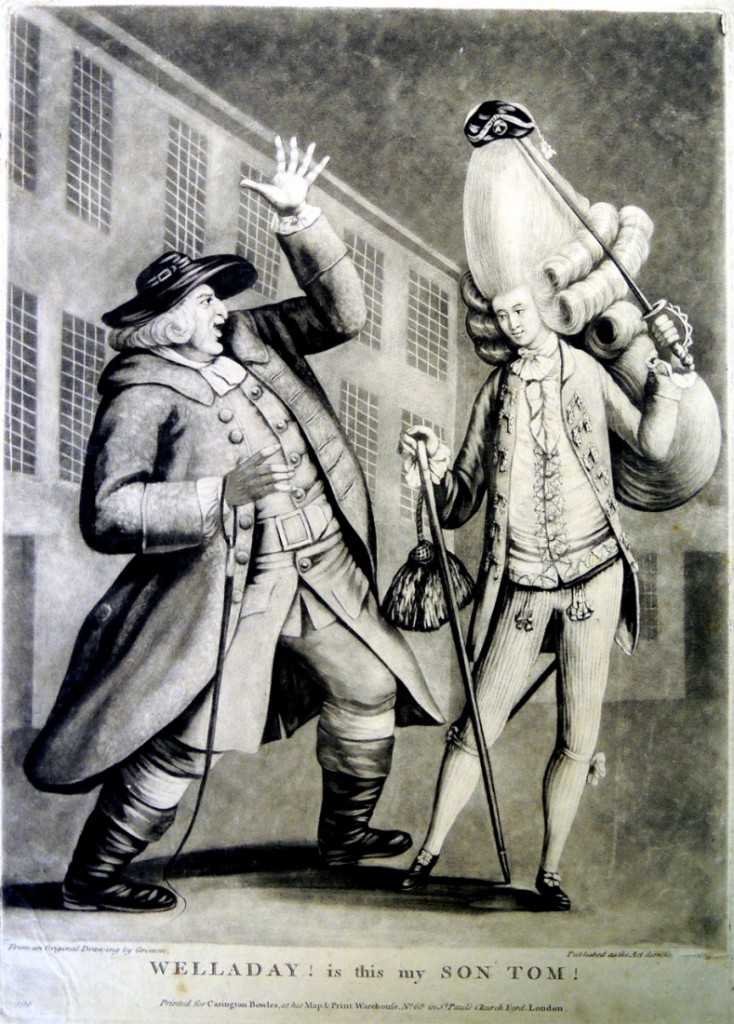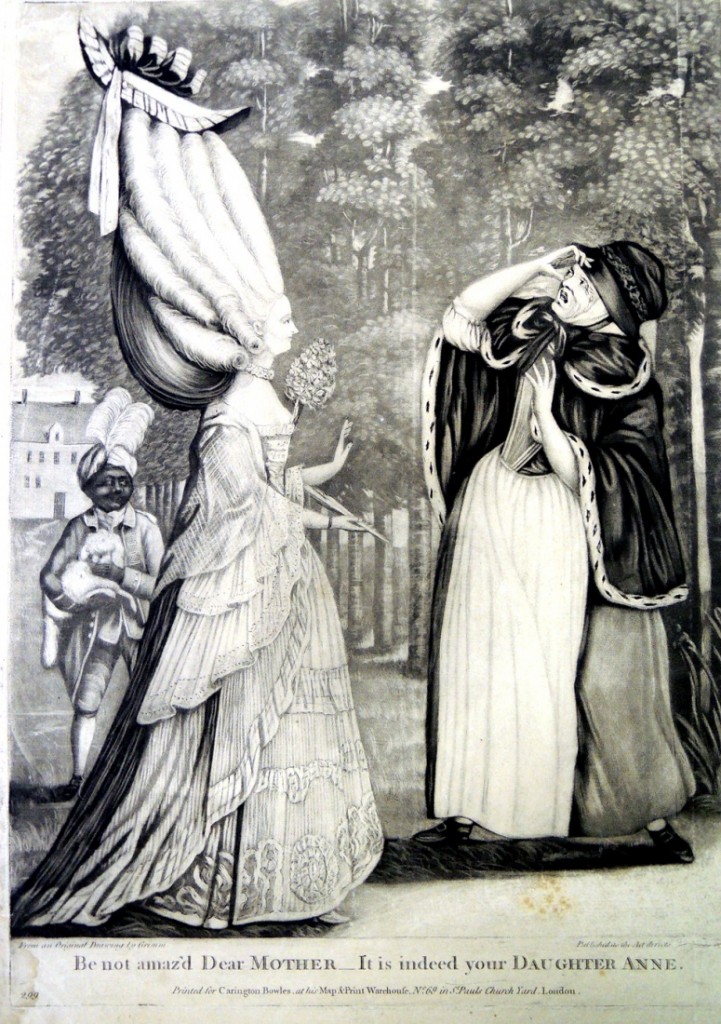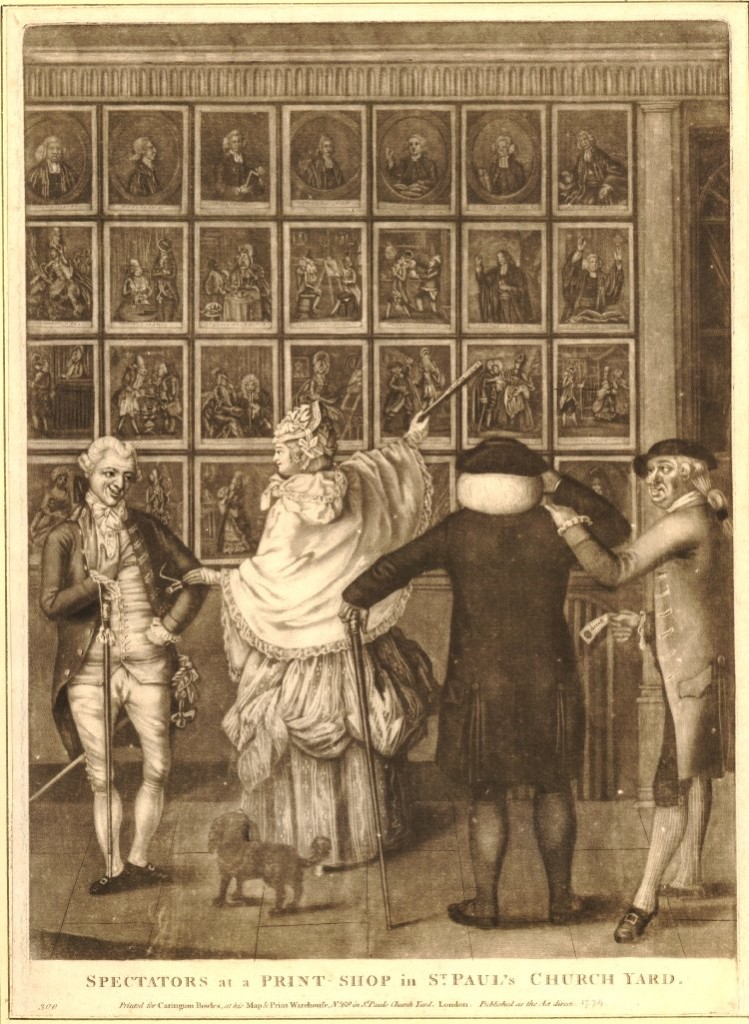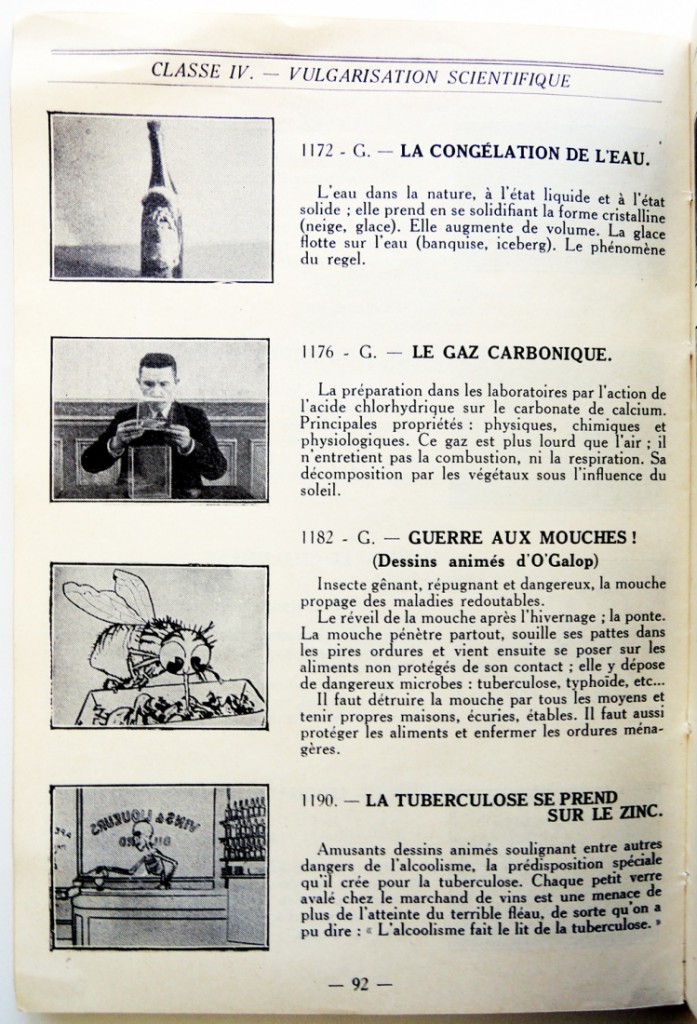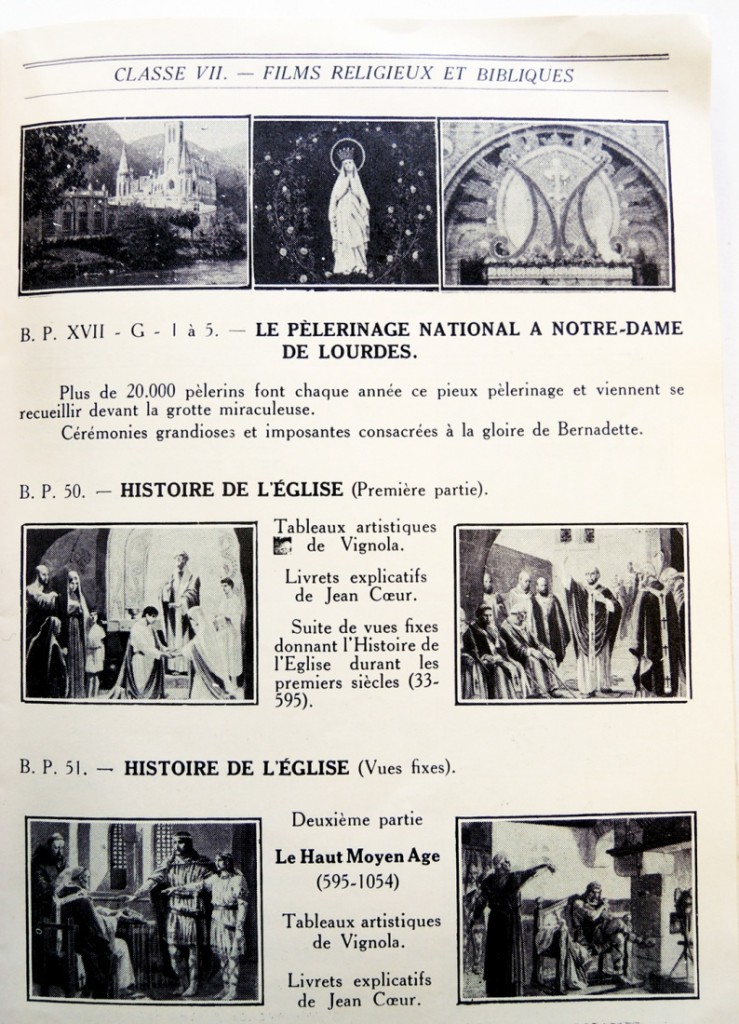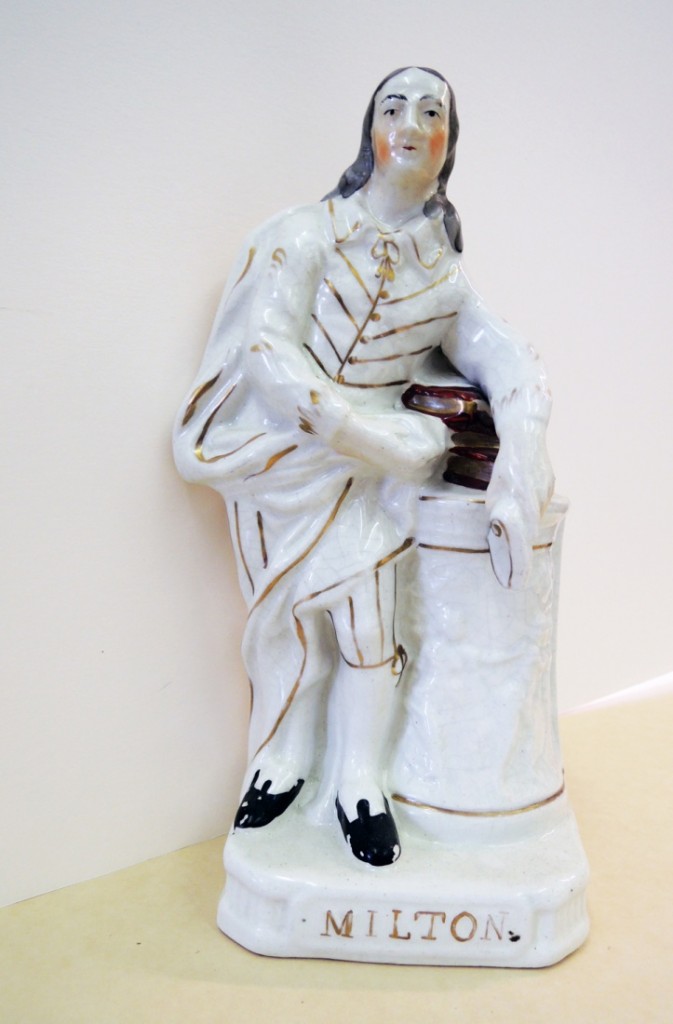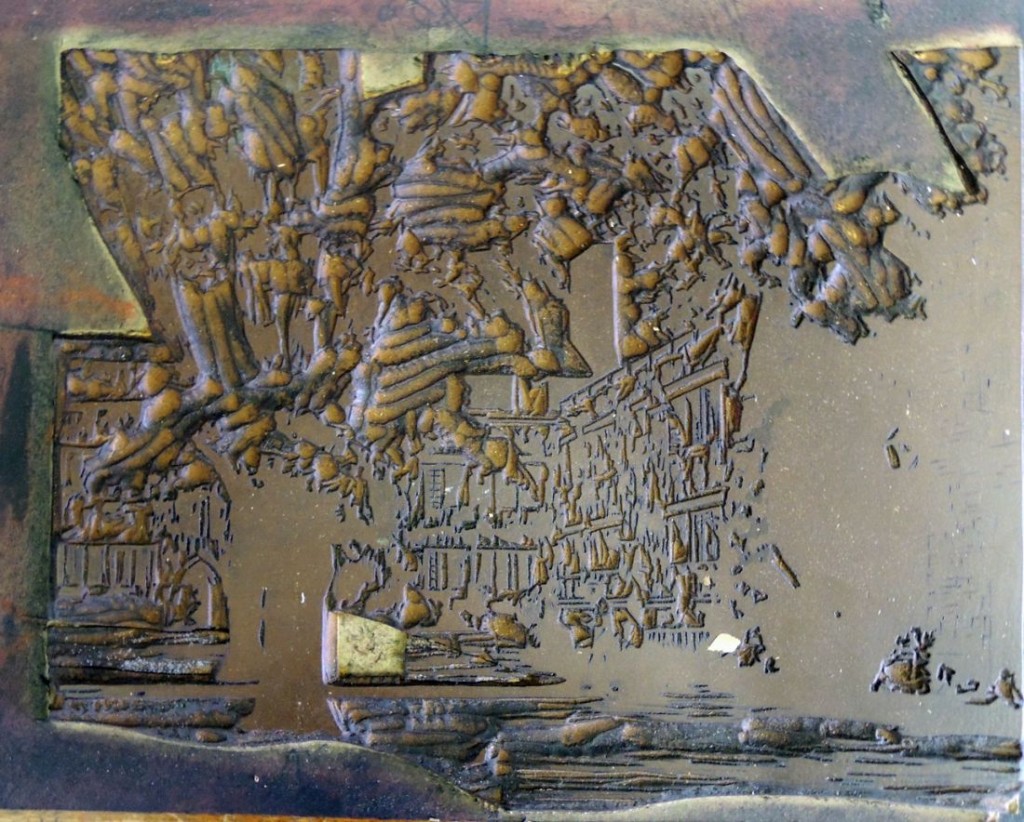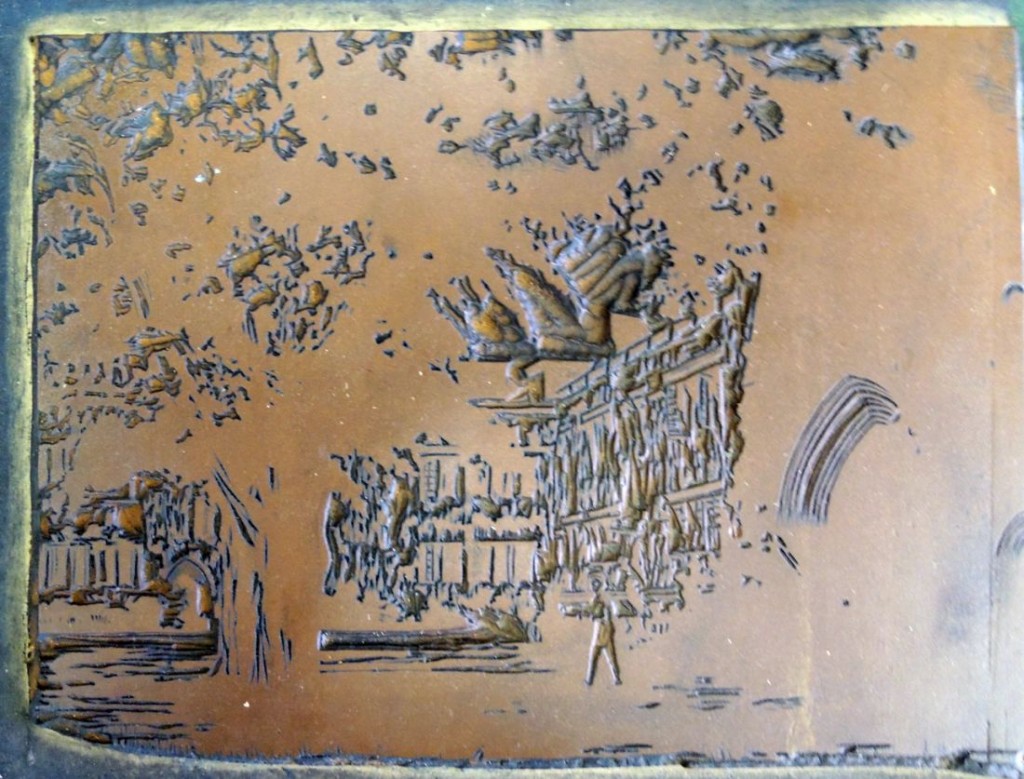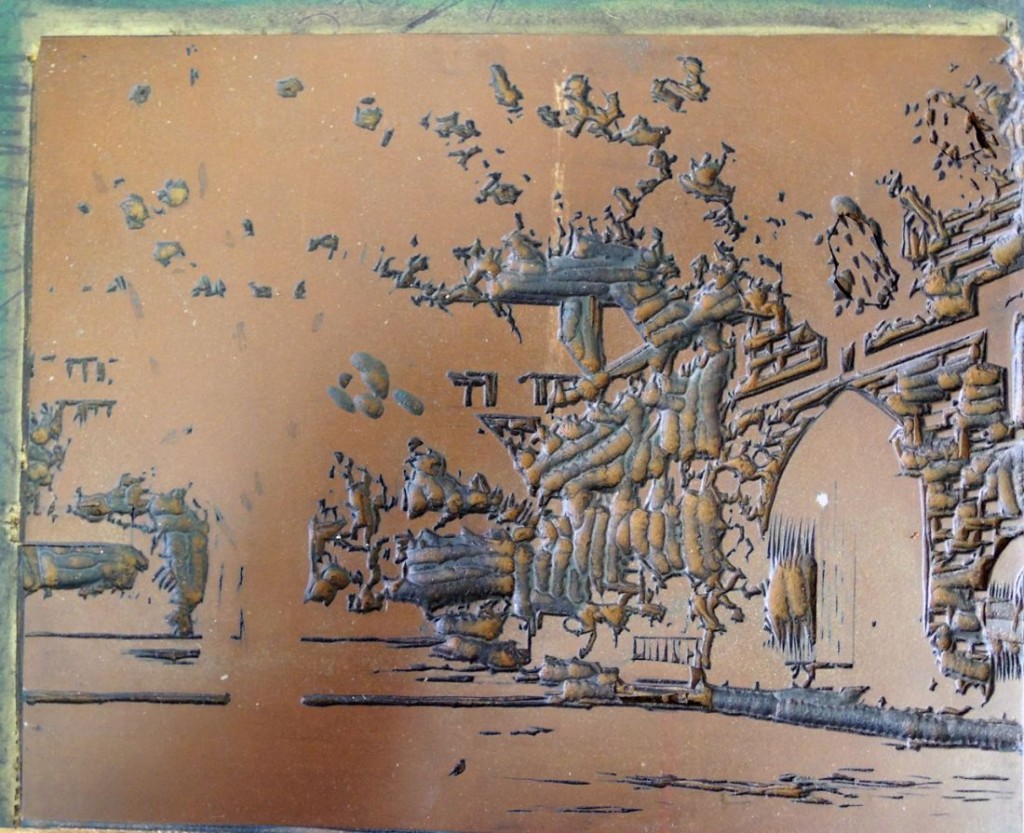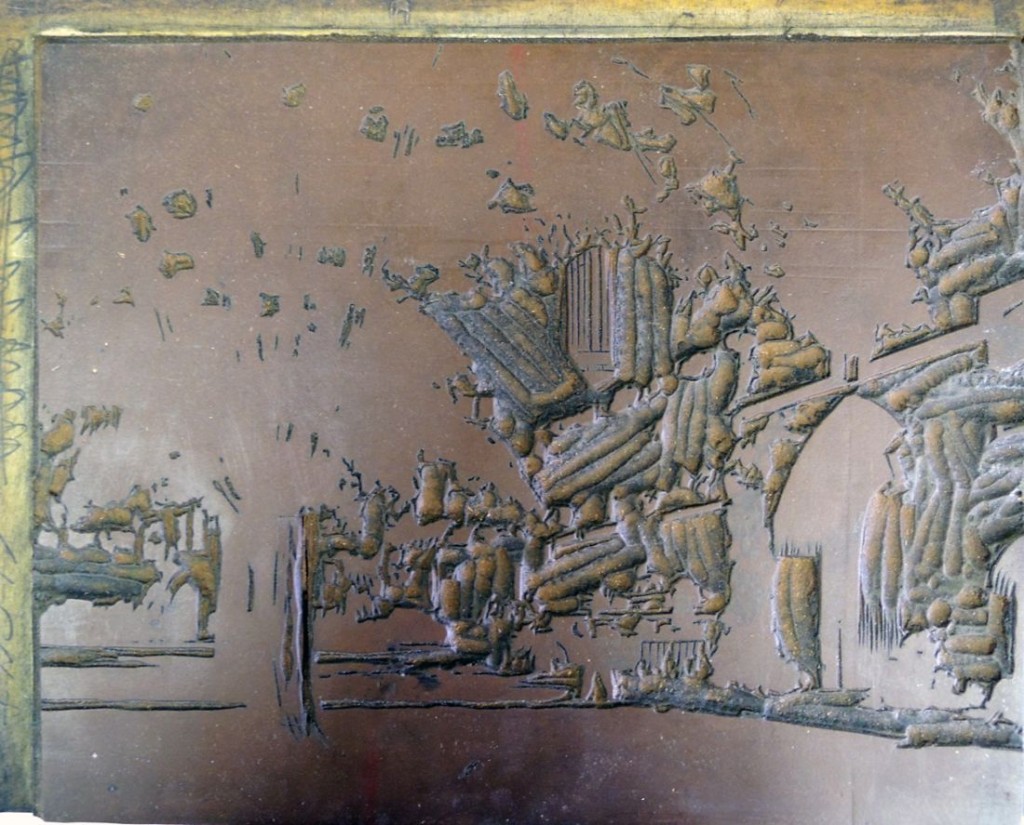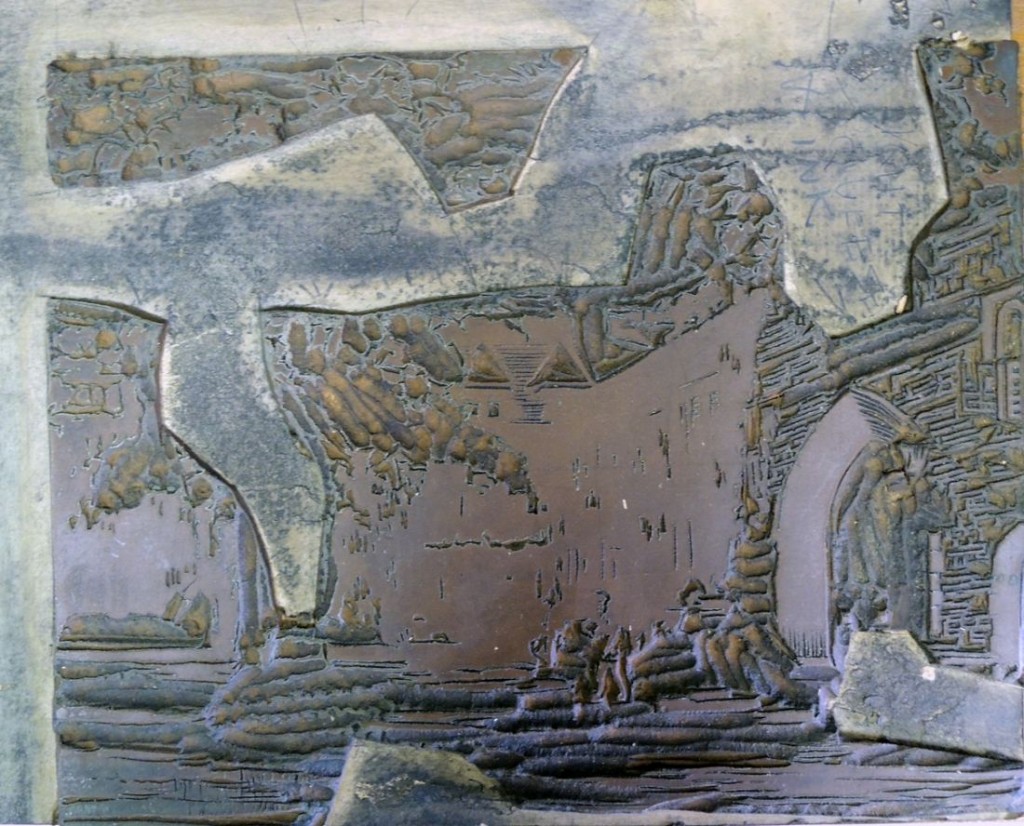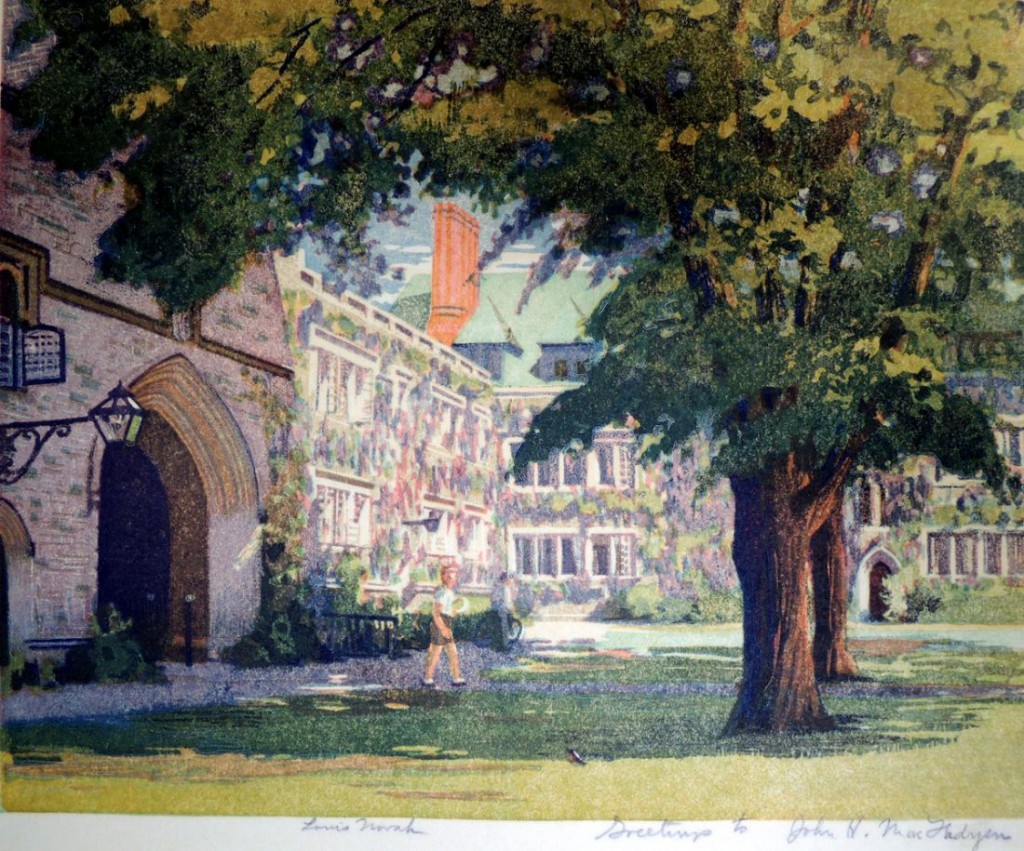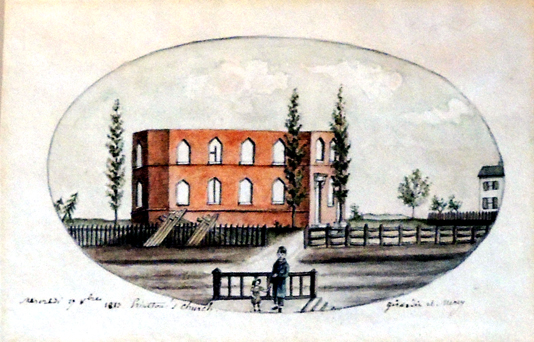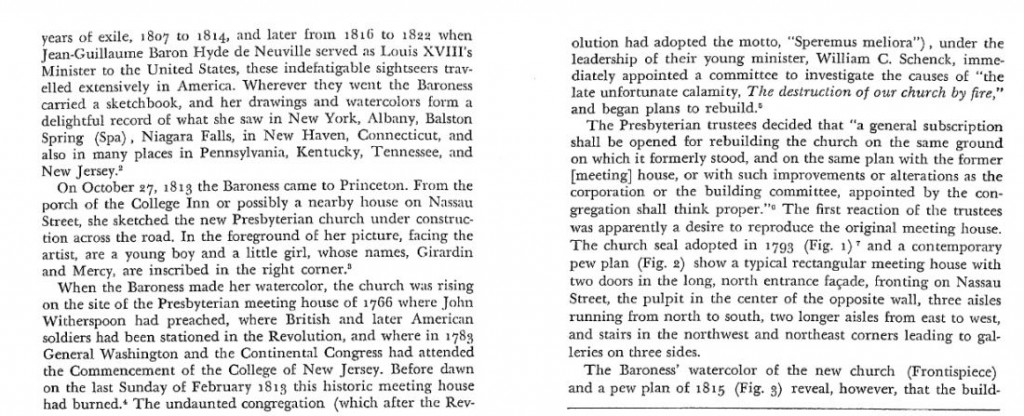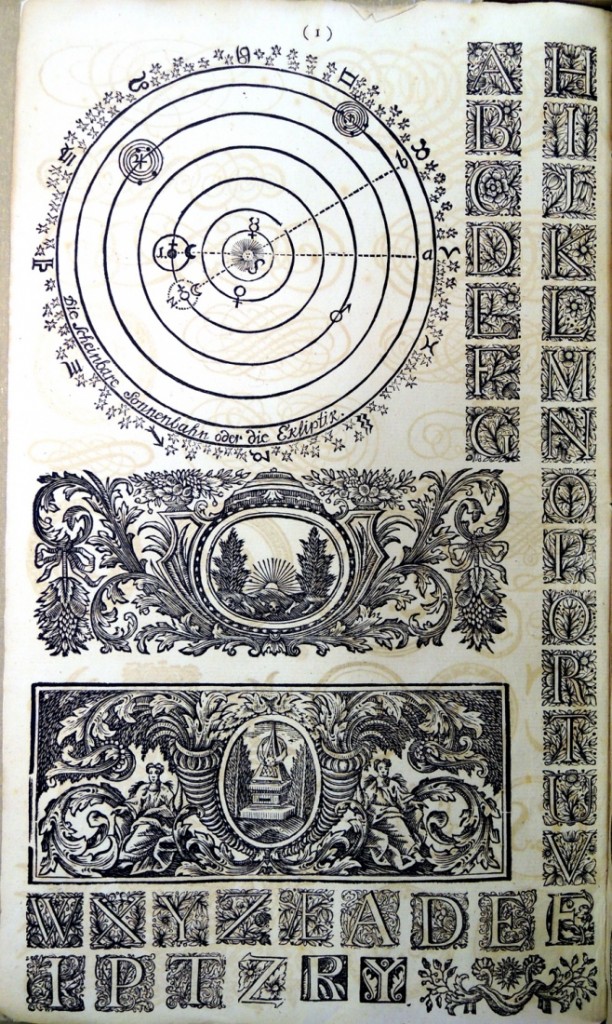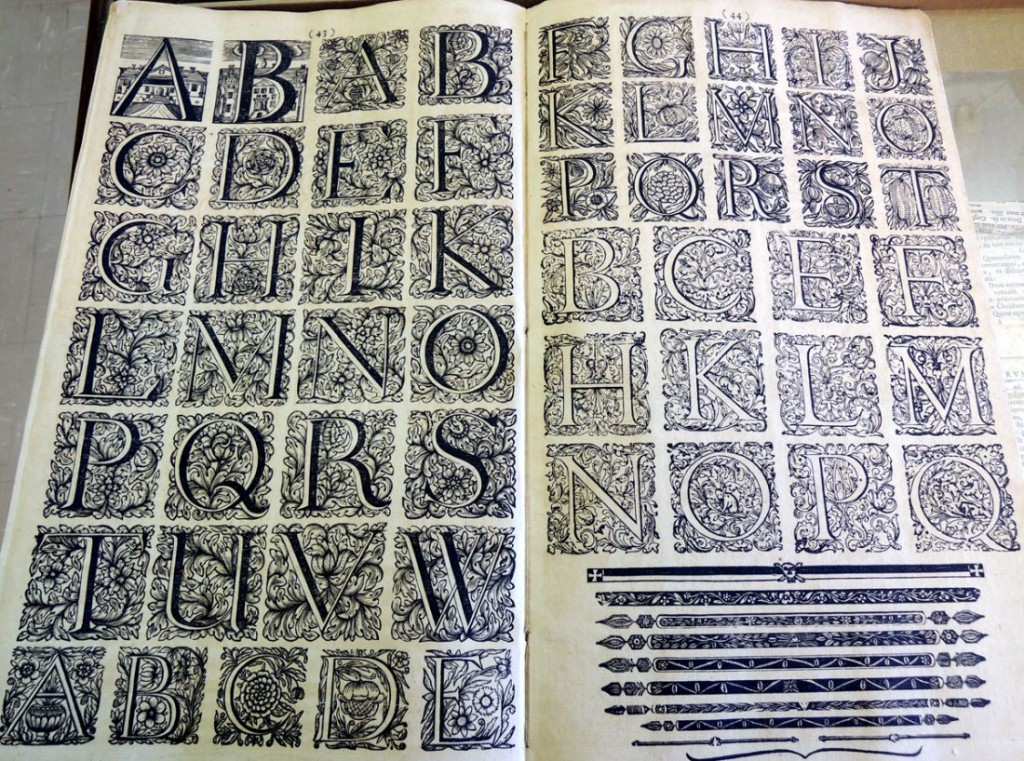 How do you look at an entire panorama? Even harder, how do you capture and reproduce a panorama, especially for teaching? Our Digital Initiatives Developer and Analyst, Jon Stroop, has come up with a new image viewer: Loris, used in conjunction with OpenSeadragon MPUDL’s new deep-zoom viewer. Now our digital photographers can capture and post the entire strip, allowing you and me to play with the images in a way not possible with the original. Try it!
How do you look at an entire panorama? Even harder, how do you capture and reproduce a panorama, especially for teaching? Our Digital Initiatives Developer and Analyst, Jon Stroop, has come up with a new image viewer: Loris, used in conjunction with OpenSeadragon MPUDL’s new deep-zoom viewer. Now our digital photographers can capture and post the entire strip, allowing you and me to play with the images in a way not possible with the original. Try it!
 Two of the panoramas from the Graphic Arts Collection have been transferred to this new site:
Two of the panoramas from the Graphic Arts Collection have been transferred to this new site:
Robert Cruikshank (1789-1856), Going to a Fight. Illustra]ting the sporting world in all its variety of style and costume along the road from Hyde Park Corner to Moulsey Hurst, 1819. Aquatint and etching with hand coloring. Graphic Arts collection. GA 2005-01039; Permanent Link: http://arks.princeton.edu/ark:/88435/5m60qs654
and
Artist unidentified, Mister O’Squat: A Panorama, 1822. Hand colored etchings. London: Published by William Sams, Booksellers to his Royal Highness the Duke of York opposite the Palace, St. James Street, 1822). Box embossed: E.P. Sutton and Sangorski Sutcliff. Formerly attributed to Thomas Rowlandson (British, 1756-1827). Graphic Arts Collection. GA 2005.01039; Permanent Link: http://arks.princeton.edu/ark:/88435/1v53jx72k
Thank you Jon. Just in time for Prof. Anne McCauley’s upcoming freshman seminar: Funny Pictures: Caricature and Modernity. FRS 157

